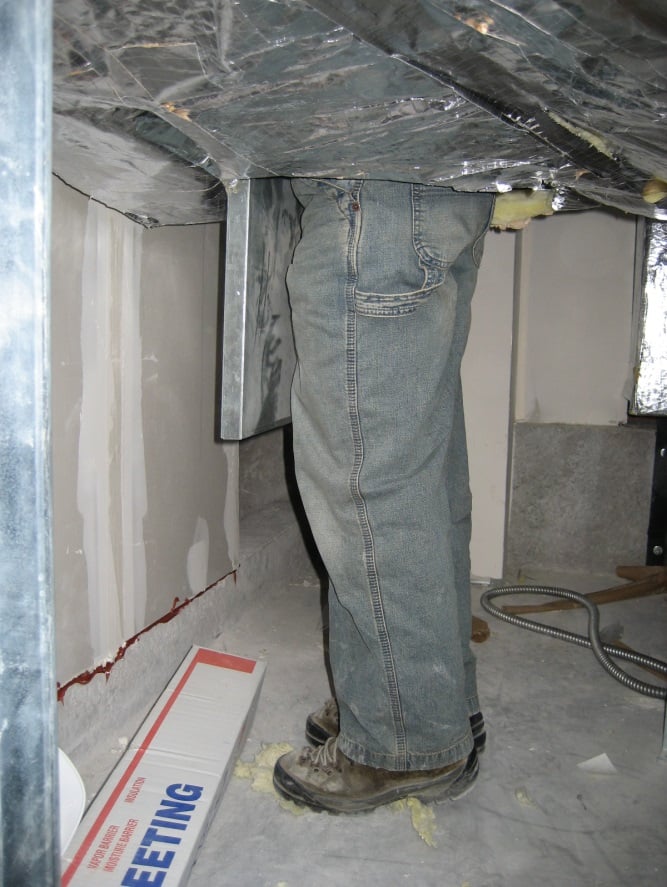I recently had a meeting with one of my favorite long-term clients. We met to discuss some upcoming work, and while there, I poked around in the chiller plant mechanical room to see how things were running. We were involved in design review and commissioning for the new chiller plant, and have been impressed with its efficiency. It’s a water cooled chiller with high efficiency, magnetic bearing compressors and all the bells and whistles. In the past, we’ve metered consistently high performance out of the chiller plant as a whole, saving the client many thousands of dollars per year in electrical savings.
When I entered the chiller room, everything appeared to be running very smoothly. I knew this already because I receive their BMS alarms on my phone, and had seen no alarms for the entire summer related to the chiller plant. The chiller was operating at a very efficient <0.4 kW/Ton of cooling.
Next I walked over to the pump VFDs to check on their status. Of the four (two chilled water and two condenser water) pumps, all four were in “hand” mode and operating near full speed. These pumps represented 70 HP of nameplate capacity! We have metered total plant efficiency below 0.5 kW/tons in the past—the day I visited, it was clearly not so. So what happened? It turns out that at some point in the cooling season, there was a problem, and an operator with the best possible intentions, turned the mode on the VFD from “Auto” (meaning controlled by the BMS) to “Hand” (which results in constant speed local control). This may have been like this for months!
So what lessons can we learn from this? Well, for one, it is too easy to disable automation indefinitely with a drive Hand/Off/Auto switch on a VFD—yet it is important to give operators the ability to quickly and simply override equipment in a pinch or during troubleshooting. Is there an some opportunity to allow flexibility, yet prevent inadvertent long-term efficiency penalties?
Alarm Hand Operation
The BMS system could be configured such that any equipment in hand would issue an alarm. The problem with this is alarm fatigue—operators in many facilities get more alarms than they can handle, and a “not-in-auto” alarm could easily disappear into the noise.
Use FDD to Detect Plant Inefficient Operation
Fault Detection and Diagnostics (FDD) can monitor system operations, and through heuristic and/or hard-coded configuration limits, can identify drift in system efficiency. If, as in this client’s case, the chilled water plant was thoroughly submetered (BTUs on the CHW side and kW for all equipment), then identifying deviations from commissioned operating parameters can be much simpler—again, assuming someone looks at the alerts sent out by a well-tuned FDD system.
Provide Less Permanent Alternatives To Operators
Finally, it may be good to give operators a very easily accessible (physical button) that does an auto-to-hand override in the BMS software logic, which expires after X time period (e.g. 24 hours and reconfigurable within a defined range on the graphics).
None of the above solutions are perfect, but they may help to prevent the long term efficiency penalties that can result from overrides to equipment. In addressing these issues, it is very important that we do not prevent operators from overriding, but provide opportunities for non-permanent overrides and alerts when systems are not in auto mode, or have drifted from expected efficiency ranges.





